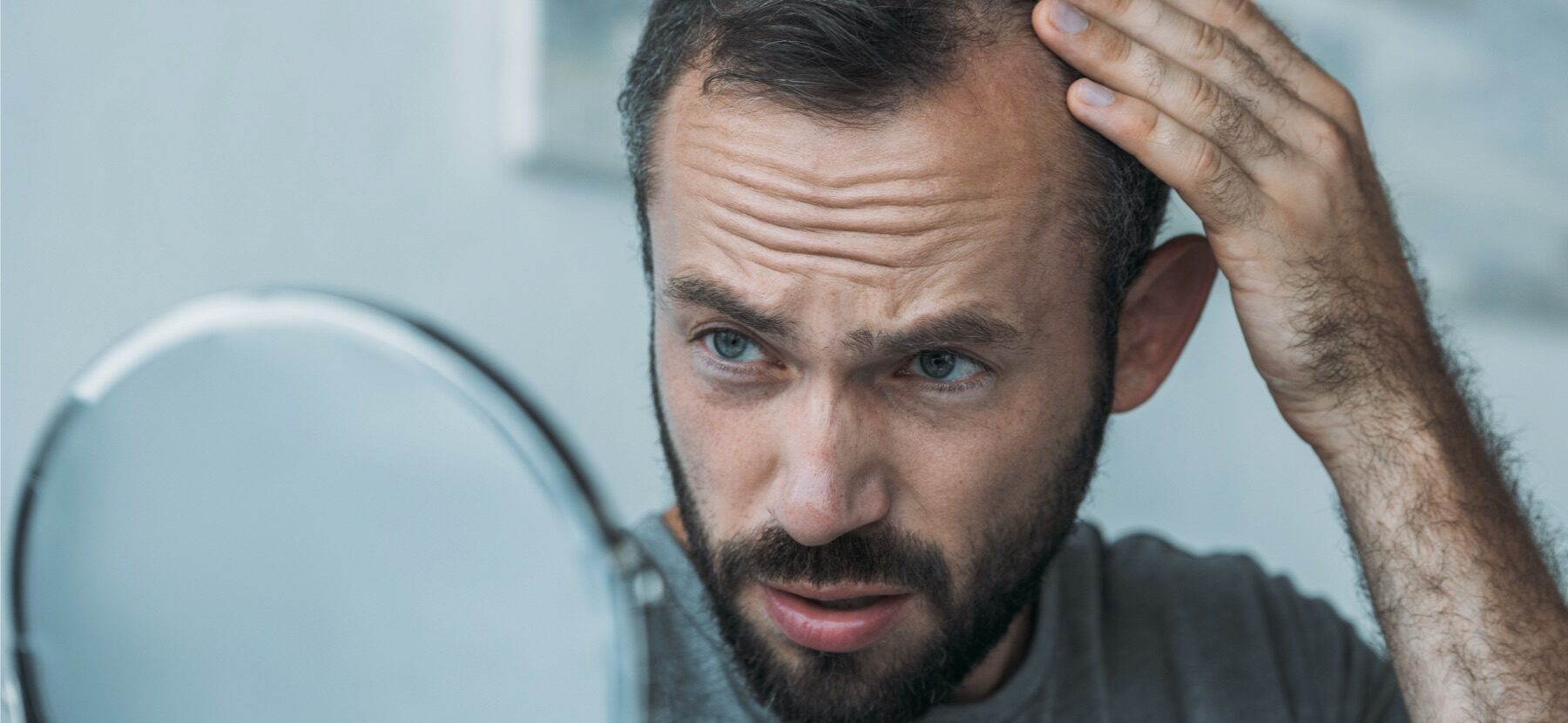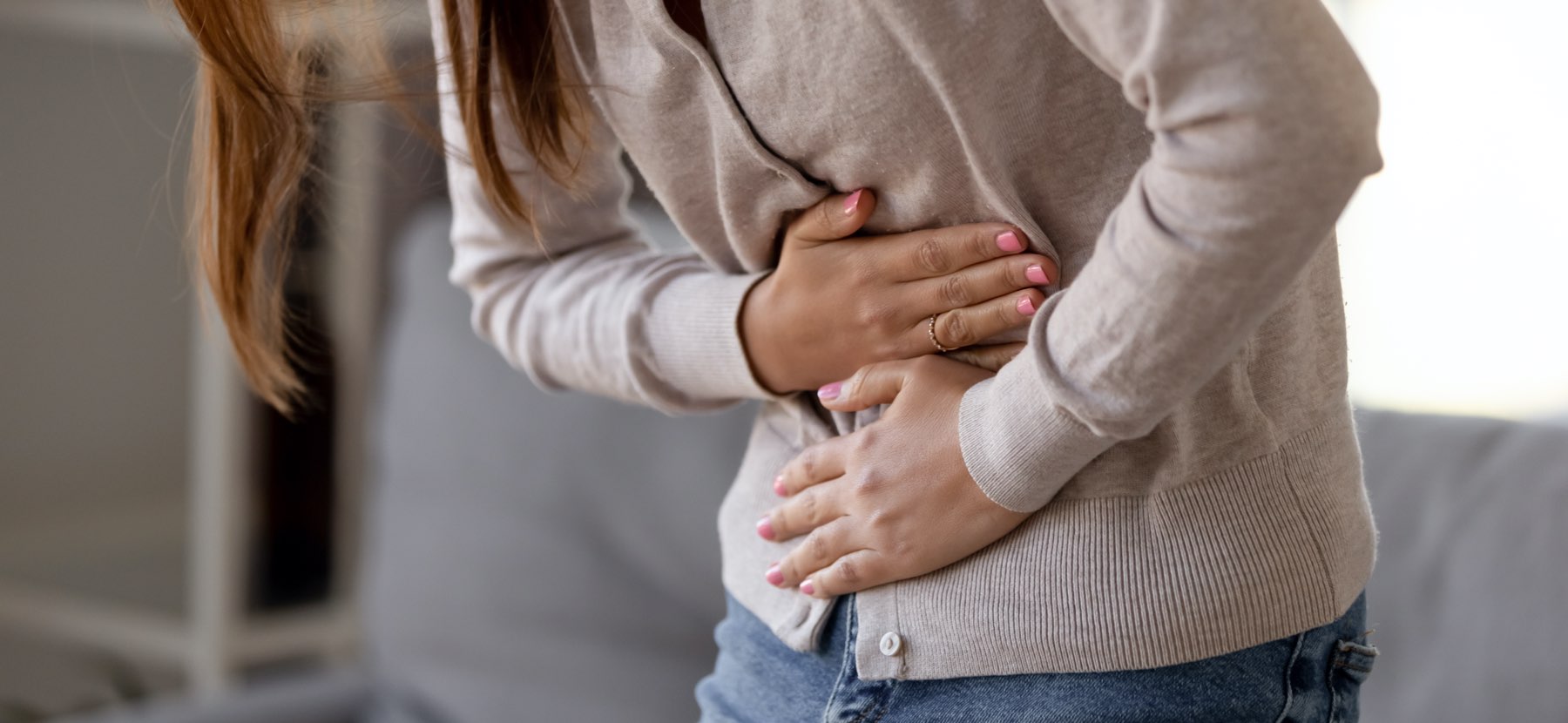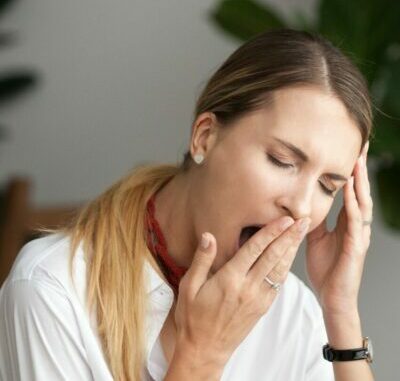Hair loss: causes, forms – and disproved myths
In the case of severe hair loss, it is important to react quickly: With timely treatment, hair loss can be delayed or even stopped.

In general, we lose 70 to 100 hairs per day. This may sound like a lot, but in fact this magnitude is not yet a cause for concern. However, if the number increases and no new hairs grow back where the hairs have fallen out, we speak of “alopecia”. This can occur in different forms and require different measures accordingly..
What forms of hair loss are there?
Hereditary hair loss or androgenetic alopecia
The trigger of the disease is mainly the male sex hormone Dihydrotestosterone (DHT), to which the scalp hair roots are sensitive and therefore shrink. Hereditary hair loss affects the male sex the most. Initially, there is thinning of the hair on the forehead and temples with subsequent formation of receding hairline. Increasingly, the clearing occurs in the crown region, which expands to the back of the head, until finally only a crown of hair remains..
In women, one in two suffers from androgenetic alopecia, with thinning occurring on the crown and top of the head. Baldness does not usually occur.
Circular hair loss (alopecia areata)
Alopecia areata is an autoimmune disease in which the body’s own tissue is attacked. It often occurs together with other autoaggressive diseases, such as Graves’ thyroid disease or Hashimoto’s thyroiditis. It is estimated that just under 2% of the Swiss population suffer from the sudden circular bald patches on the head, eyebrows, eyelashes and other hairy areas of the body. The circular type of hair loss is mainly seen in female children and adolescents.
Rarely are the people older than 30 years and in more than 80 percent of cases the bald patches grow back. But it does happen, although rarely, that circular hair loss develops into the most severe form, alopecia areata universalis, which means the complete loss of body hair. This condition is usually not reversible. The hair no longer grow back.
Diffuse hair loss (alopecia diffusa)
The hair becomes thinner overall, but without bald patches. Affected here are mainly women and children. The hair loss is triggered, among other things, by thyroiditis such as Hashimoto’s thyroiditis, iron deficiency, stress or hormone therapy.
Other reasons for hair loss
Special hair loss in women:Some cases of hair loss affect women exclusively, such as in connection with the birth control pill. Here already – after consultation with the attending gynecologist – a change of the birth control pill can stop the hair falling out. Also worth knowing: After childbirth, estrogen levels drop and the hair follicles go into the resting phase (telogen phase). The associated hair loss may occur within a few weeks, but also after several months. If the hormone level has normalized again, the hair loss usually decreases..
Taking certain drugs: Hair loss can occur as a side effect with various drugs. The most common cases include:
- antibiotics
- Thyroid medications
- chemotherapeutics
- lipid-lowering
- medicines for rheumatism
What myths circulate about hair loss?
Whoever looks for information on the Internet, finds in many cases good advice – but unfortunately also often enough “Fake News”. Here are some examples:
- The persistent warning that daily hair washing promotes hair fall out, lacks any basis. However, only gently cleansing, mild hair shampoos – without fragrances and without parabens – should be used, because unsuitable hair care products dry out the scalp and attack the hair structure.
- A short hairstyle does not protect against hair loss, even if this is repeatedly claimed.
- A haircut can not stimulate hair growth, because the hair consists of horn – like finger and toenails – and thus of dead cells.
- Also the claim that wearing headgear such as caps, baseball caps or hats leads to hair loss is completely out of the air. The growth of hair is not affected by this, since they are nourished via the hair roots.
Individual treatment
The good news is: depending on the form and expression, there are effective treatment options for hair loss. Based on a sound diagnosis, we will find the right option for you, for example, from the spectrum of our infusion therapies, with the PRP procedure or via a mesotherapy. Contact us to schedule an extensive consultation.





